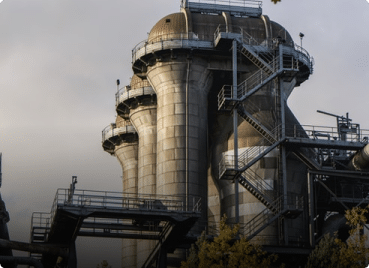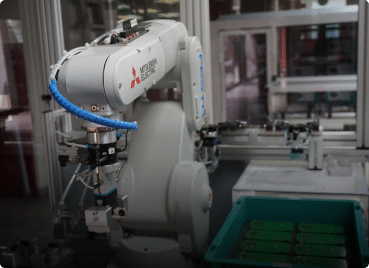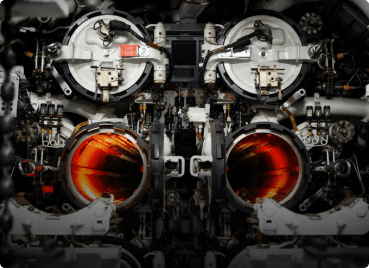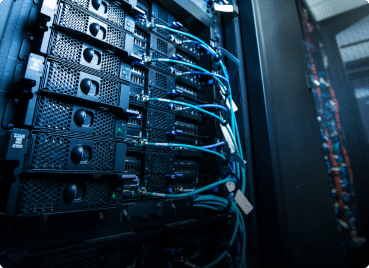Parasyn solutions range from small-scale boutique applications through to major enterprise integration including IoT solutions. This could include the development of specialised drivers and enhancements to vendor off-the-shelf products to complete the full enterprise solution. Whatever the size of requirement or problem to be solved we will take a Systems Engineering approach to managing the requirements. Part of this approach may include assessing the impact of the requirements on the enterprise, understanding what innovation may be required to achieve particular outcomes, defining what steps need to be accomplished to improve operational performance, change management and highlighting what process intelligence information is required to achieve specific business performance.
What We Do
Solution’s Space
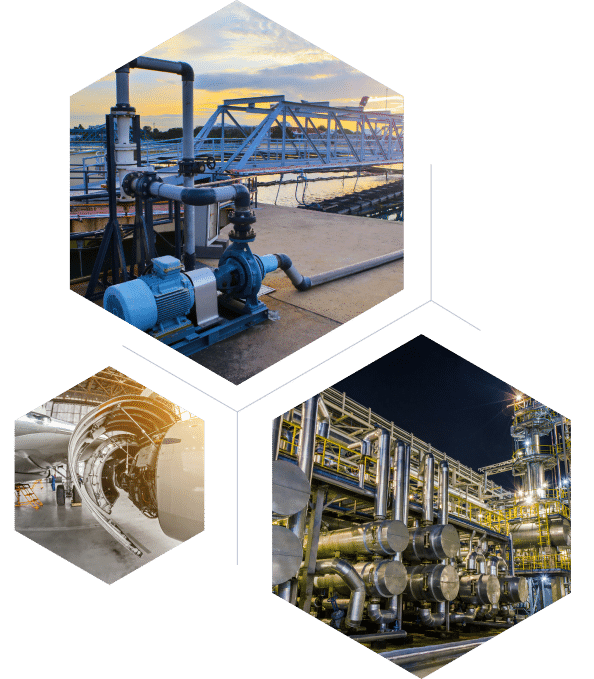
What are your Industries?
Sustainable low-cost production and efficient asset operation is possible with today’s technologies, and the need to get this right the first time doesn’t have to cost you more; it just requires some clever thinking.
With the right process information, asset operators can make critical decisions that will yield long term paybacks. There is no “quick fix” or shortcut to operating assets efficiently. You need good information at the fingertips of knowledge workers to stay on top of maintenance strategies, unexpected production requirements, emergency support requirements and digital transformation strategies.
Enterprise Information Solutions


Compliance Reporting & Data Analysis
Information Systems Infrastructure

However, Information Systems Infrastructure is not limited to ICT infrastructure and Tools designed to host information and raw asset data. It includes IoT devices, enterprise data interfaces, local data warehouses, third party hosted systems or file-based information exchange and any other bespoke data type that may require API (customised) access. Optimised management of SCADA & Industrial Automation systems means tight integration with the enterprise business infrastructure. Parasyn presents the platform to bridge the control system to the business. The Integrated Data Platform (IDP) provides an information gateway to standardise the way users consume process information when the data sources change. This change may be the result of upgrades, replacement or new devices. An appropriate IDP also means that the solution can be future proofed including when legacy systems were based on poor or inconsistently applied engineering standards.
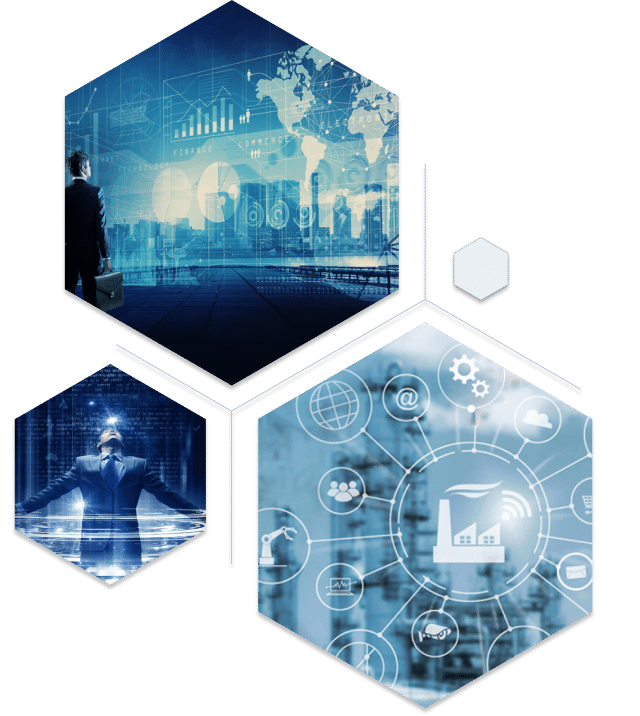
SCADA & Control Systems
Supervisory Control and Data Acquisition is the fundamental operational software tool for managing control system assets. PLCs & RTUs are used to control critical assets and report operational status which help improve performance.
A well-designed Human Machine Interface makes viewing, understanding and interpreting your data a breeze. A design which includes situational awareness is said to increase operator performance by as much as 30%.
SCADA system data is not structured or organised the same way other systems transaction data is organised. For one, the volume of data generated by a typical SCADA System is significantly larger than other enterprise software systems. To simplify integration to Enterprise Information Systems, best practice is to have rigid design management and coding standards to ensure all devices and alarm management practice is uniformly applied. This ensures the system is implemented with safety in mind. This is particularly important on very large systems where areas of the system are managed by different operators. Parasyn designs and implements Enterprise SCADA Systems and improves legacy systems to optimise performance.

